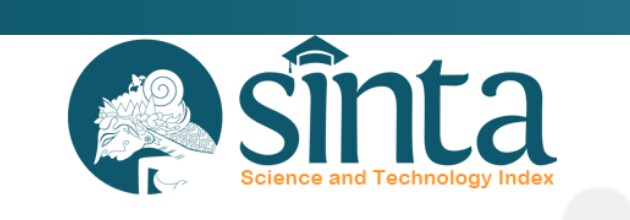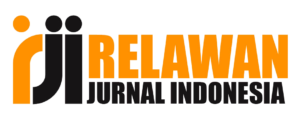HUBUNGAN TEKANAN CUFF DENGAN TINGKAT NYERI TENGGOROKAN PASCA GENERAL ANESTESI INTUBASI ENDOTRACHEAL TUBE (ETT)
Abstract
Background: The Endotracheal Tube intubation process, used for general anesthesia, involves inserting a tube into the trachea through through the mouth or nose. This can lead to post-procedure discomfort, such as hoarseness or a sore throat. These side effects are often caused by the tube’s pressure on the trachea and the inflation of its cuff. Aim of the Study: The study aimed to determine the relationship between Cuff pressure and the level of throat pain after general anesthesia Endotracheal Tube (ETT) intubation at PKU Muhammadiyah Hospital, Bantul. Research Method: This study employed a quantitative research design using correlation analysis to investigate the relationship between cuff pressure during endotracheal intubation and post-operative sore throat. Non-probability sampling was utilized to select 57 participants. Cuff pressure was measured using a specialized tool, and pos-toperative sore throat severity was assessed through observation. Spearman rank correlation analysis was conducted to analyze the data. Findings: This research found that most of the cuff pressure was in 20cmH2O - 30cmH2O or normal cuff pressure for 20 respondents (64.9%). Most respondents (50.9%), or 29 of them, experienced sore throat in this study. The results of the relationship test between Endotracheal Tube (ETT) Cuff pressure and sore throat after general anesthesia using the Spearman rank test obtained a significant p-value of 0.000 (<0.05) and a correlation coefficient value of 0.568. Conclusion: There is a relationship between ETT Cuff pressure and cases of sore throat after general anesthesia at PKU Muhammadiyah Hospital, Bantul. Suggestion: Further researchers are expected to be able to relate between ETT Cuff pressure and the level of throat pain with different variables.
Copyright (c) 2025 Jurnal Ilmiah Kesehatan Media Husada

This work is licensed under a Creative Commons Attribution 4.0 International License.
The authors who publish their articles in Jurnal Ilmiah Kesehatan Media Husada must approve the copyright statement as follows :
1. The authors agree to automatic transfer of the copyright to the publisher
2. All material contained in this site is protected by law.
3. If you find one or more articles contained in the journal that violate or potentially infringe your copyright, please contact us via email lppmkwidyagamahusada@ac.id
4. The formal legal aspect of access to any information and articles contained in this journal site refers to the terms of the licensed under a Creative Commons Attribution 4.0 International License. . This allows authors and others to share (copy and redistribute the material in any medium or fomat) and adapt (remix, transform, and build upon the material) for non-commercial purposes.
4. All Information contained in the journal is academic. The journal is not liable for any losses incurred by misuse of information from this site.






1.png)








